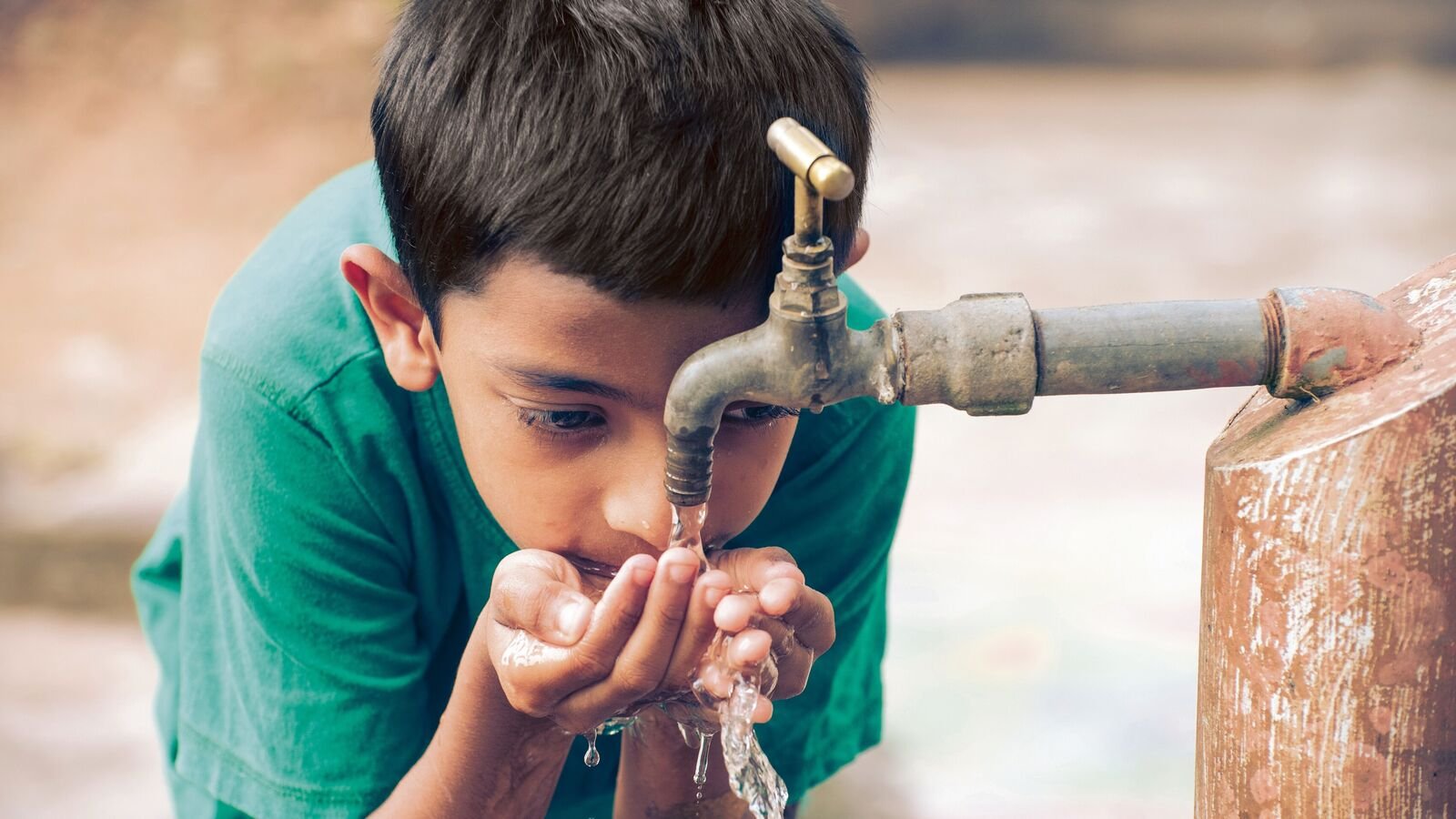New Delhi: More than three-quarters of rural households now have tap water connections as the quality of groundwater has improved over the years, the ministry of Jal Shakti said.
The government has provided new tap water connections to 118 million households since 2019, taking the total to 150.3 million and covering as much as 77.83% of all rural households, under the ministry’s ‘Jal Jeevan Mission (JJM) —Har Ghar Jal’ scheme, the ministry told the Rajya Sabha on Monday.
More than 127,000 villages have a tap water connection in every household as of 1 August this year, data from the ministry of Jal Shakti showed.
Uttar Pradesh has over 18,000 of these villages – the most – while Gujarat ranks second with more than 16,000, among those with a tap water connection in every household, the data showed.
As many as 11 states or union territories have one tap water connection in every household as of 1 August this year, the government said. Of these, Goa, Andaman & Nicobar Islands, Puducherry, Dadra & Nagar Haveli and Daman & Diu, Arunachal Pradesh, and Haryana have been certified by the locals to have a tap water connection in every household.
The governments of Telangana, Mizoram, Himachal Pradesh, and Gujarat have stated that these states have a tap water connection in every household, but locals have not certified the same till date, as per data on the Jal Jeevan Mission —Har Ghar Jal portal.
At the same time, the quality of water supplied under the Jal Jeevan Mission, which aims to provide tap water connections to every household in the country, has improved, the government said. The number of arsenic- and fluoride-affected rural habitations has reduced every year, data given by the ministry showed.
The number of arsenic-affected habitations fell to 378 on 1 April this year from 507 on the same date last year, the data showed. Fluoride-affected habitations fell to 348 on 1 April this year from 393 on the same date last year, as per the data.
There were 316 arsenic-affected habitations and 265 fluoride-affected habitations on 31 July this year, the data showed. Habitations refer to regions demarcated by the government under the Jal Jeevan Mission.
“Provision of potable drinking water for cooking and drinking requirements has been made in all these remaining 316 Arsenic–affected and 265 Fluoride-affected habitations through Community Water Purification Plants (CWPPs),” the ministry of Jal Shakti said in its written response in the Rajya Sabha.
Water supply is a state subject under the constitution, and states or union territories can use only 2% of their allocated funds under the Jal Jeevan Mission for Water Quality Monitoring & Surveillance (WQM&S) activities, the government said. These activities include setting up and strengthening of water quality testing laboratories, procurement of equipment, hiring of skilled manpower, surveillance by community using field test kits (FTKs), awareness about water quality, and accreditation of laboratories, among others, as per the government.
Catch all theBudget News,Business News, Politics news,Breaking NewsEvents andLatest News Updates on Live Mint. Download TheMint News App to get Daily Market Updates.
MoreLess

